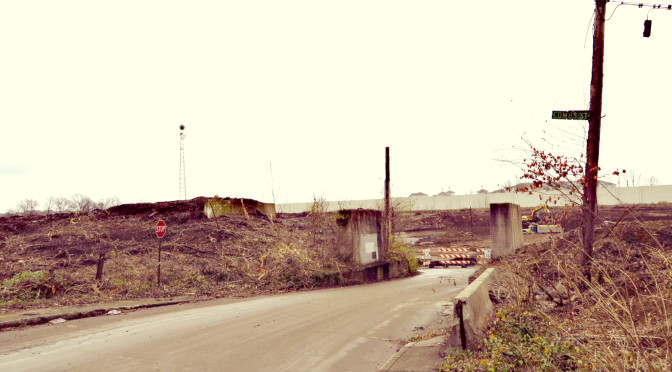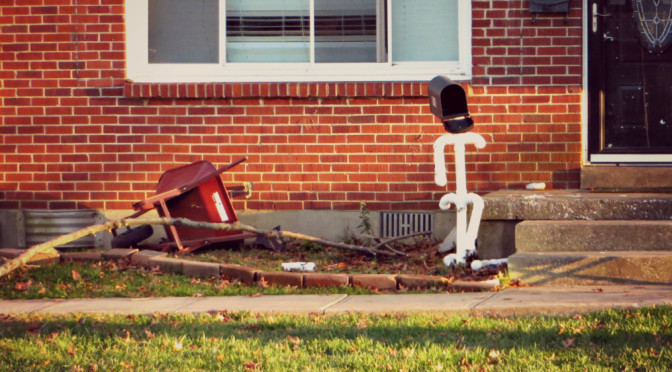So, get all those blues
Must be a thousand hues
And each is differently used
You just know
Bluebird, James Gang
The “thing” about “blue” songs that makes this concept work is that blue can represent so many different things. And while it’s true, blue used in its most traditional sense is reminiscent of emotional “blues,” it seems appropriate to devote an entire playlist to the color itself. Of course, this diversity of connotation is by no means limited to the color blue, it is probably more pronounced because it is so closely tied to emotion. But besides the emotional blues, blue represents hope, fidelity, calm (and the opposite of all three). It’s the color of the moon, of the sky, of the wind and sometimes eyes–and the things they represent. Blue is evocative, as much as any perhaps any color (black and red are powerful as well but much more limited). Blue is depth–and this is probably its emotional hook. It’s not just hope, but the desperate hope of which Adam Duritz sings in “Perfect Blue Buildings”, the elusive hope of “Blue Skies for Everyone”. It’s the melancholy that remains constant through ours ups and downs.
(And also leaving open the possibility of a separate list for “blues” songs, which for their sheer number could probably populate a worthy list, with or without inclusion of the blues genre.)
The James Gang’s “Bluebird” is a nice place to start; it embodies the variegated nature of blue, the song itself having highs and lows. This song entered my life via a re-release of the 1969 debut for the band that arrived in the new CD stacks at the college radio station for which I dj’d in Cleveland. The entire album just seems so perfectly Cleveland, from the album cover photos to the weirdly low-fi power rock that I imagined must’ve permeated the Cleveland airwaves 30 years earlier.
The “Blues are Still Blue” was actually a top 25 hit in the UK for Belle and Sebastian, off their 2006 Album The Life Pursuit. For me, this song really nails the sense of in-between of being out in the real world and trying to figure out where you fit in, and just this kind of constant melancholy that colored the highs and lows. Another peppy song, and while I’d begun to think that I’d at least sort of figured things out by the time this song came into my life, I’d started to look at those ups and downs with a little nostalgia that this song still brings out.
Soul Coughing’s “Blueeyed Devil” brings to mind this image of so many different things, and blue plays a big part here, contrasting this wholesome normative image of blue eyes with the skinny ties of while collar malfeasance.
Counting Crows’ August and Everything After was a solid album. At one point, I would have ranked this a possibly the best, from top to bottom, album of the 1990’s. And “Perfect Blue Buildings” was possibly my favorite song on the album right from the beginning, despite the commercial success of “Mr. Jones”. The perfect blue buildings beside the green apple sea, just created this perfect image for me of this unobtainable ideal, just the kind of thing that could drive us to addiction when faced with the cruel reality of life.
Miles Davis (who suffered through his own addition and recovery) is probably best known for Kind of Blue, his 1959 Album on which Blue in Green appears. Not as familiar as “So What” or “Freddie Freeloader”, “Blue in Green” just captures a sense of acceptance. Harrison’s “Out of the Blue” is an instrumental power trip, optimistic, maybe an unexpected way to close his album All Things Must Pass? Meanwhile, Orbison’s “Blue Bayou” seems to reinforce the connotation of blue as a melancholy color, despite the fact that Blue Bayou is a place of happiness in the singer’s memory.
The discordant Blue Skies for Everyone from Bob Schneider (of Ugly Americans fame), the blue skies being kind of a fiction, another unobtainable ideal, a fantasy for which we put ourselves through hell. Schneider really gets into it, yelling angrily “blue skies for everyone” as if we don’t get the point. Groove Armada’s Inside My Mind repeats this dissonance, with the repeated line from Ella Fitzgerald, “Blue Skies, smiling at me” but this is a mocking happiness, not in fact accessible but seen from the outside. Much as Schneider did, Groove Armada presents these lyrics in a way that highlights the negative feelings of seeing other people happy, and while both predate social media, they seem perfectly attuned to this lens through which we see others’ lives.
Listening to Nina Simone and Janis Joplin sing their renditions of “Little Girl Blue” highlights the differences in approach the two women take and while the blue is, naturally, that emotional “blues” blue in each, the color feels different, tiny differences in hue that results in a song that hits very differently depending on which version you are hearing.
I really wanted to finish this playlist off with “diary of a genius”. Alas, this song is not readily available. Next time you see me, ask me and I will play it for you. David Candy is a fictional artist created by the punk artist Ian Svenonius as part of a series of albums. Play Power is essentially a novelty album but it’s one that has had incredible staying power for me. The lyrics of “diary of a genius” are hilarious, filled with amusing non-sequitur arising from the fictional Candy’s sense of despair. “In the afternoon, I checked flight times in case the need arouse to leave” is up there with Admiral Stockdale’s “Who am I? Why am I here” in my canon of favorite things to quote. Realistically, I include this track because I think the whole David Candy shtick is amazing. But it does have a nice spoken word bit at the end that ties blue in and wraps this whole playlist up nicely:
What color is the wind? And where did it begin?
And would you call it blue? Or is it white like light?
Or red like dawn? Or couldn’t you see right through?
It could be invisible, not seen but felt like when you’re feeling blue
Like the feelings I have, I got them from you.
What color are my eyes? Look deep inside
Would you call them blue?
If you look closer then you’ll see
Green and yellow brown and shades and colors new
The rule of eyes is they refract the things they see, that’s you.
So when you see the color blue it’s not the wind. It’s you.
- Bluebird, James Gang
- The Blues are still Blue, Belle and Sebastian
- Blueeyed Devil, Soul Coughing
- Blue Heart, Mosquitos
- Faded Coat of Blue, Jolie Holland,
- Perfect Blue Buildings, Counting Crows,
- Blue in Green, Miles Davis,
- Out of the Blue, George Harrison
- Blue Bayou, Roy Orbison
- Blue Sky, Allman Brothers
- Bob Schneider, Blue Skies for Everyone
- Inside My Mind (Blue Skies), Groove Armada
- Blue Lines, Massive Attack
- Blue Moon of Kentucky, Patsy Cline
- When My Blue Moon Turns to Gold, Tim and Mollie O’Brien –
- Little Girl Blue, Nina Simone
- Little Girl Blue, Janis Joplin
- diary of a genius, David Candy

